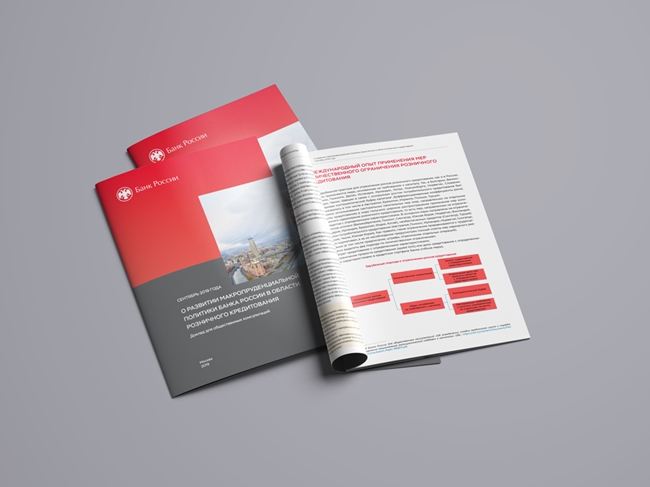Bank of Russia to discuss macroprudential policy prospects in retail lending with market participants
The Bank of Russia has prepared a report on the further development of macroprudential instruments in retail lending to be discussed with the market community. The objective of the report is to collect the opinions of market participants (banks and other financial institutions) and other stakeholders regarding the direct quantitative restriction instruments proposed by the Bank of Russia for use in certain retail lending segments.
Currently, the Bank of Russia’s macroprudential regulation comprises risk-based buffers helping to ensure banking sector sustainability thanks to a capital cushion. In case a stress scenario materialises, these funds can be allocated to cover losses and to maintain financial institutions’ capability to continue lending to the economy. These measures also have an indirect effect on the dynamics of consumer lending making it less profitable for banks.
In addition to capital requirements, the global practice of macroprudential regulation also includes direct quantitative restriction instruments. Such approaches generally involve an explicit ban on granting high-risk loans or a limitation of the proportion of loans with certain characteristics in total disbursements. Quantitative restrictions may be set depending on borrowers’ debt burden, the ratio of collateral fair value to principal debt on mortgage loans, the remaining maturity of a loan, and other criteria.
According to the studies of the efficiency of macroprudential instruments, it is reasonable to implement a complex of measures in order to successfully limit systemic risks. It should encompass capital buffer measures aimed at better sustainability of banks and quantitative restrictions enabling direct control over high-risk lending dynamics.
In its report, the Bank of Russia proposes to discuss ways of implementing direct quantitative restriction instruments into the existing macroprudential regulation system.

